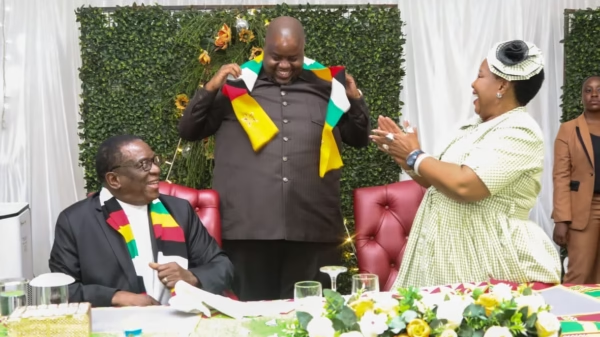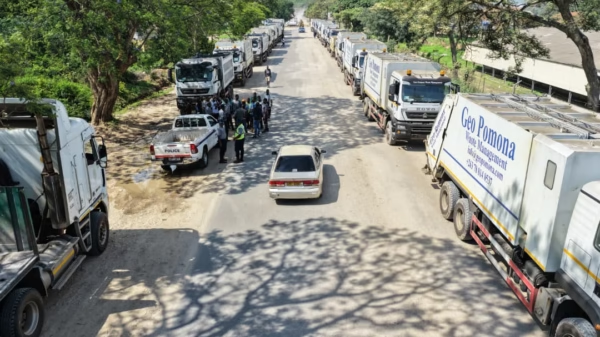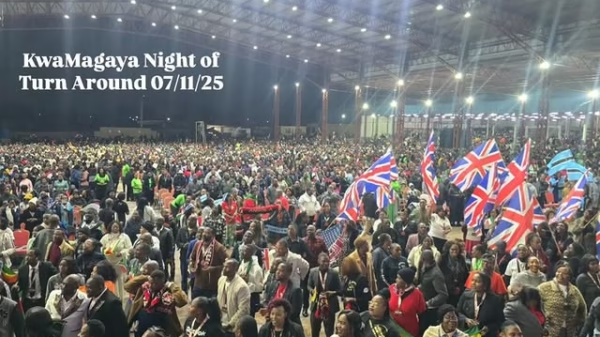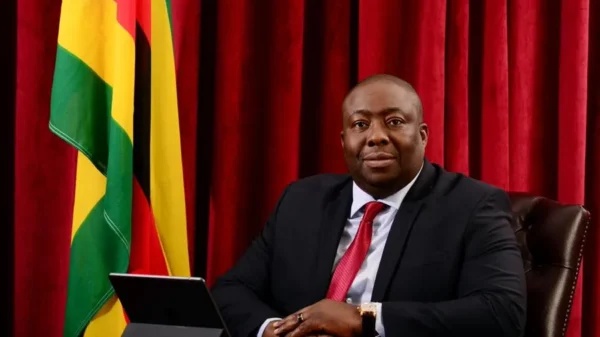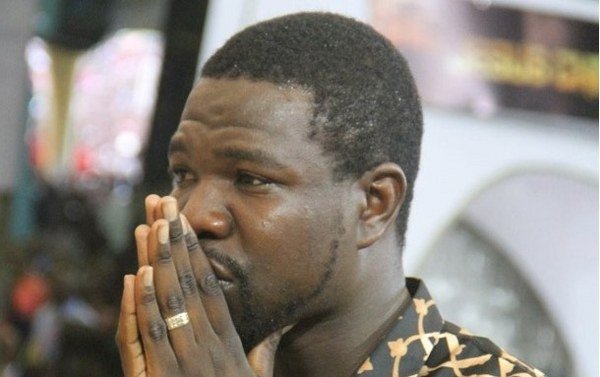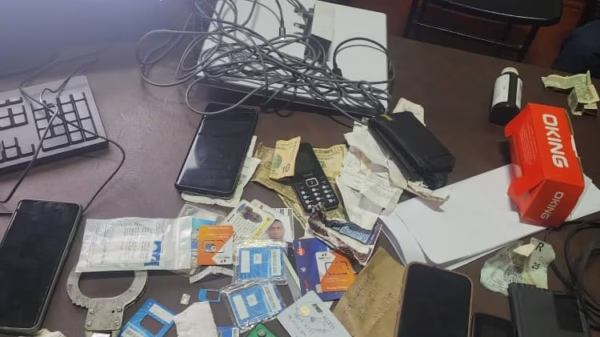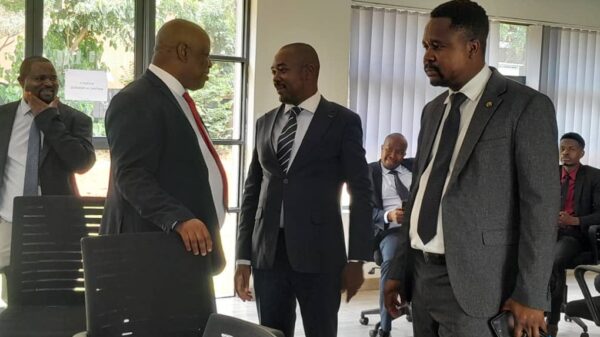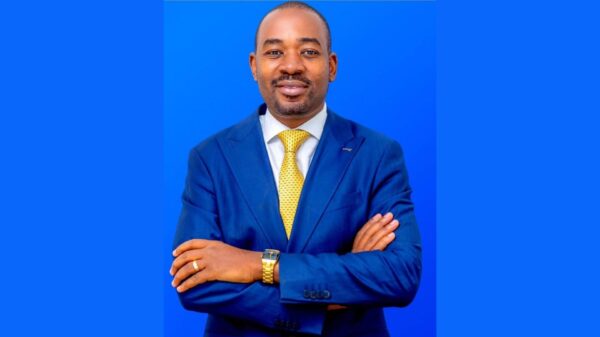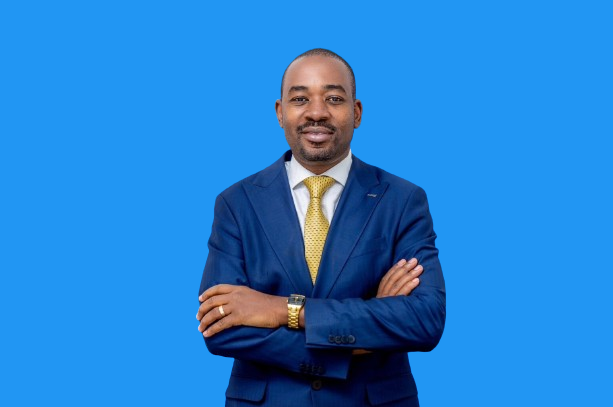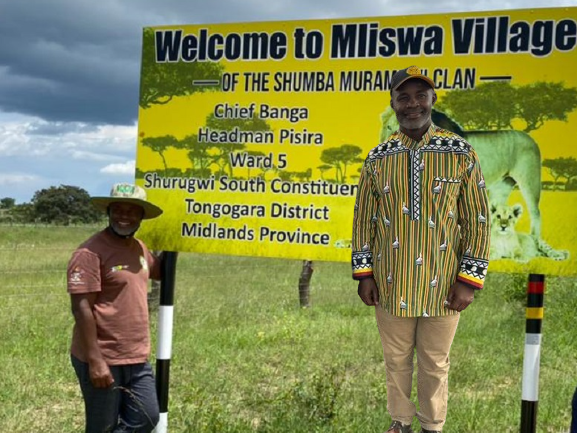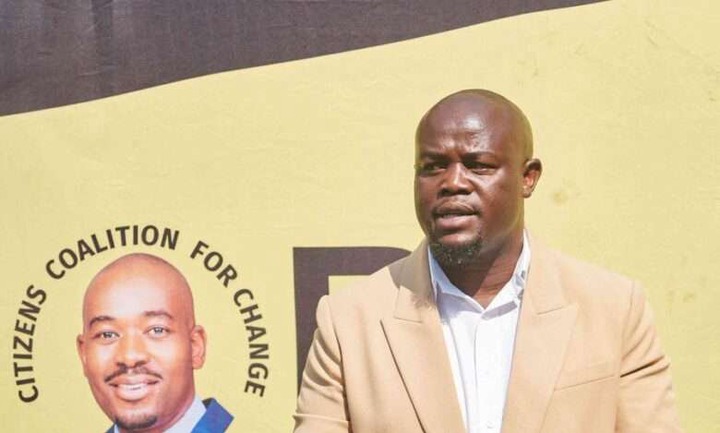Nelson Chamisa, head of the opposition Citizens Coalition for Change (CCC), has criticised the Zanu PF-led government for failing to release a contingency plan to cope with power shortages, while unveiling a five-point plan to address the country’s electrical issue.
Chamisa stated that Zimbabwe’s economy must be powered by clean, renewable energy sources that would reach net-zero emissions by 2050.
Zimbabwe was thrown into darkness after the Zambezi River Authority declared that the country had consumed its share of water allotment, with most places going without power for 19 hours.
In a series of tweets on Thursday, the CCC head stated that Zimbabwe must seek sustainable energy for everyone and mobilize action from all sectors of society in support of three interconnected goals that must be met by 2027.
Providing full access to modern energy services, doubling the worldwide rate of progress in energy efficiency, and doubling the amount of renewable energy in Zimbabwe’s global energy mix are all part of Chamisa’s sustainable energy strategy.
According to Chamisa, one of the aims to strengthen the energy industry is to “increase generation by modernizing our current power plants with smart and green life extension technology by 2027.”
“To produce an energy surplus by supporting demand side management, energy efficiency, and efficient use of our water resources in our hydropower production systems dispatch and operations.”
“To provide sufficient project funding and investment for power production, transmission, distribution, and supply systems, with a focus on rural growth and urbanization, as well as to install ethical, competent, and professional human resources to operate our utilities.”
“To raise the $300 million dollars necessary to modernize our grid through the private sector,” Chamisa remarked.
https://twitter.com/nelsonchamisa/status/1600727310403268608
According to the CCC head, Zimbabwe’s transmission infrastructure is antiquated, and one of the remedies would be to allow private companies in the form of independent power producers to participate (IPPs).
“We will execute sustainable energy development based on scientific and engineering research, launching projects for solar power, energy Internet, carbon Capture, Utilization, and Storage (CCUS), nuclear, energy storage, hydrogen, and entire electrification of our nation,” Chamisa continued.
Decades of insufficient investment in energy infrastructure, visionary leadership, planning, and corruption have resulted in the country’s inability to fulfill daily electricity consumption.
Zimbabwe currently has a national electrification rate of 42 percent while electricity has reached 83 percent of the urban households, rural electrification is still around 13 percent as per last updated National Energy Policy of 2012.
The nation’s estimated electricity demand is 2,300 MW against actual generation of below 1,100 MW.
The country has an installed capacity of about 2,300 MW, with Zimbabwe Power Company (ZPC), a generation subsidiary of ZESA, owning around 95 percent of this.
More than 50 percent of electricity is generated from hydropower power while the remainder is from thermal power plants.
“Bagasse, mini hydropower and small sized grid connected solar systems have an installed capacity of a paltry figure of less than 150MW.
“Against this background, the actual power generation capacity in 2022 averaged below 1100MW against a peak demand of about 1800MW.
“We will promote sustainable Feed-in Tariffs (FiT) for small hydropower, biomass, and geothermal projects as well as corruption free competitive bidding for solar photovoltaics (PV) and concentrating solar power (CSP), wind and other renewable energy sources.” said Chamisa.
He added that off-grid energy will be promoted and incentivised to make them a viable option for our Citizens government 100 percent electrification of Zimbabwe by 2035.
In other news,
Look at Emmerson Mnangagwa’s Million-Dollar Homes
Mnangagwa doesn’t even require the statehouse…
President Emmerson Mnangagwa has been in charge since 2017, but he has been in the spotlight for almost four decades, and his impact has been felt over that time.

President Mnangagwa’s mansion in Borrowdale
After his predecessor, Mugabe, left office, it was alleged that the state mansion was in disarray, preventing Mnangagwa from moving in right away. So, where are the presidential homes located?…continue reading

For comments, Feedback and Opinions do get in touch with our editor on WhatsApp: +44 7949 297606.


